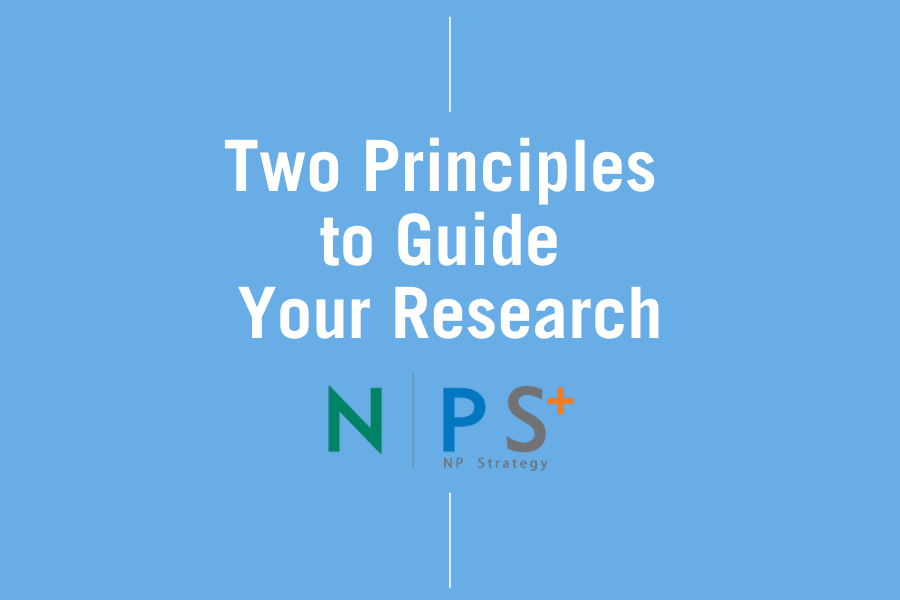
A good research project is simple to describe, but difficult to implement. Most of that difficulty can be chalked up to the unprecedented speed at which information is now created, distributed, and contradicted. I conducted long-term research projects as an undergrad at the University of South Carolina, as a graduate student at Harvard, and while working at a think tank in Washington, D.C. Though the projects differed dramatically in subject and scope (from research papers on politics and religion, to finishing the second half of a book on federal spending on the arts), I encountered the same pitfall each time. This pitfall was too much information to ever sift through, yet, paradoxically, a constant temptation to expand my research scope.
We’re not built for exposure to a 24/7 rush of digital information, and constant exposure to a live screen (on a wall or in your hands) can make prolonged concentration on a single topic or question feel like an impossible task. This is particularly dangerous for researchers; for those of us accustomed to bouncing between tabs in our browsers or scrolling through feeds, it can be easy to leave questions only partially answered (we always intend to come back to them “later”). Like the heads of the hydra, every question half-answered breeds more questions; before you know it, your research project has descended into a chaotic mess.
The antidotes to chaos and complication in research are as simple as they are effective: You need 1) a clear question and 2) a willingness to adopt tunnel vision while you research. These principles allow you to make consistent progress, avoid irrelevant avenues, and ensure that your project ends with the one thing research must be able to deliver: answers.
1) Set your question
No productive research project can begin without a specific goal in mind. Research is question-driven, so before you crack a single book or consult a search engine, you must have a clear question in hand.
A clear question is written in simple language. We use jargon and lengthy responses to cover up gaps in our understanding, and simple questions expose these gaps. Exposing these gaps will keep you from wasting time on irrelevant or premature questions. In research, a little humility goes a long way. Having the humility to separate that which you understand from that which you don’t at the outset of a project will lead to success.
2) Set your boundaries
A clear question provides clear boundaries for your project (after all, if you know where you are heading, you should also know where you shouldn’t go). You will, however, be tempted to expand your project’s scope, to move from what you need to know for the project into what you’d like to know. This temptation to expand can come about innocently enough (maybe from a conversation or a thought on a walk), but one thought leads inevitably to another, and all of the sudden, your search for an answer to a question has turned into a haphazard attempt at constructing a Theory of Everything.
Ok, so maybe it isn’t always that dramatic. But if you get off track, a harsh bit of reality can help steer you back: we research in order to generate answers, and there is no recognition of just your participation or effort. You need a question to get an answer, and you need an answer to keep your job! When your project gets lost in the weeds, rely on your simple, clear question and stick to the boundaries you set to get back on track.
Originally published in Midlands Biz on November 13, 2018.
